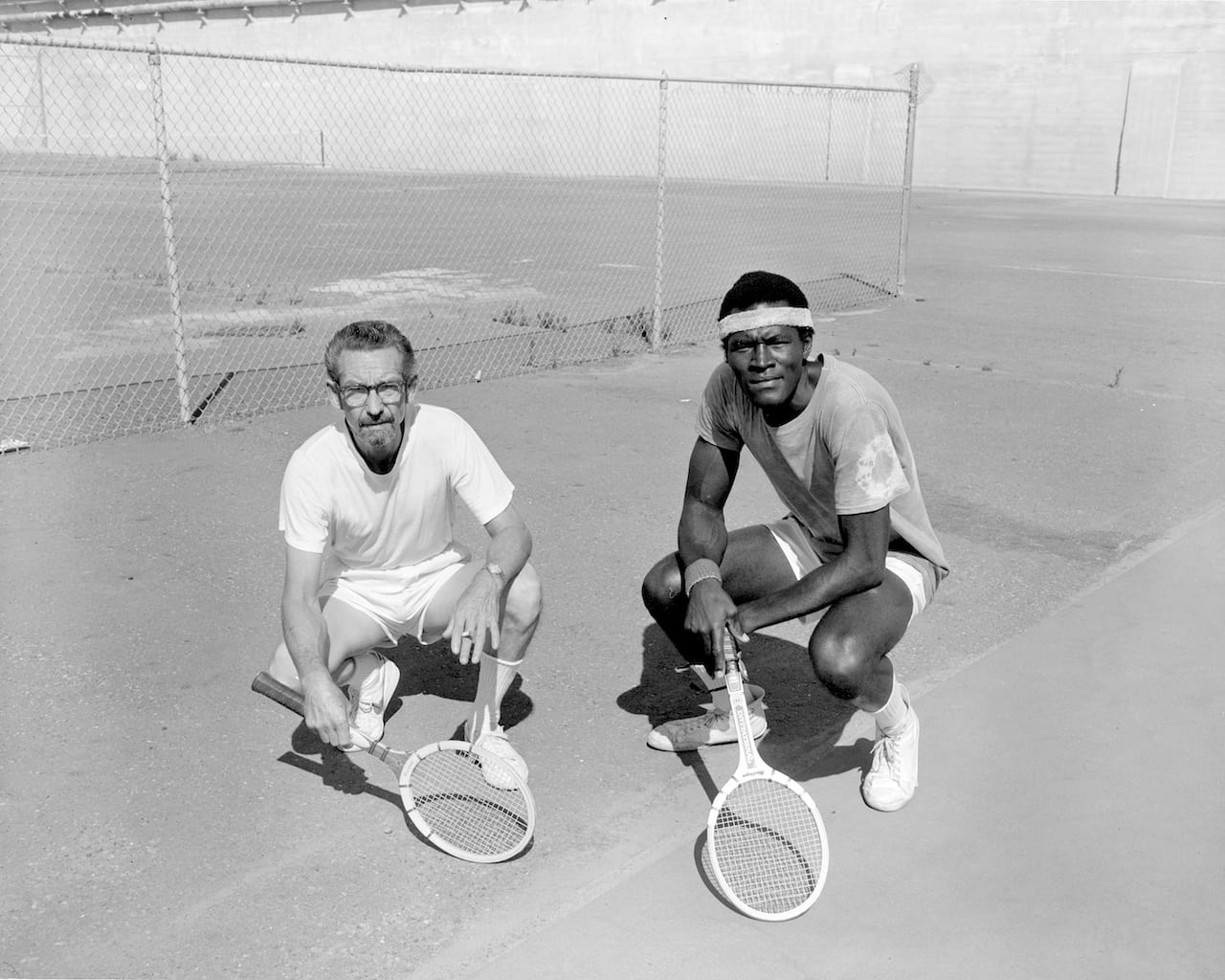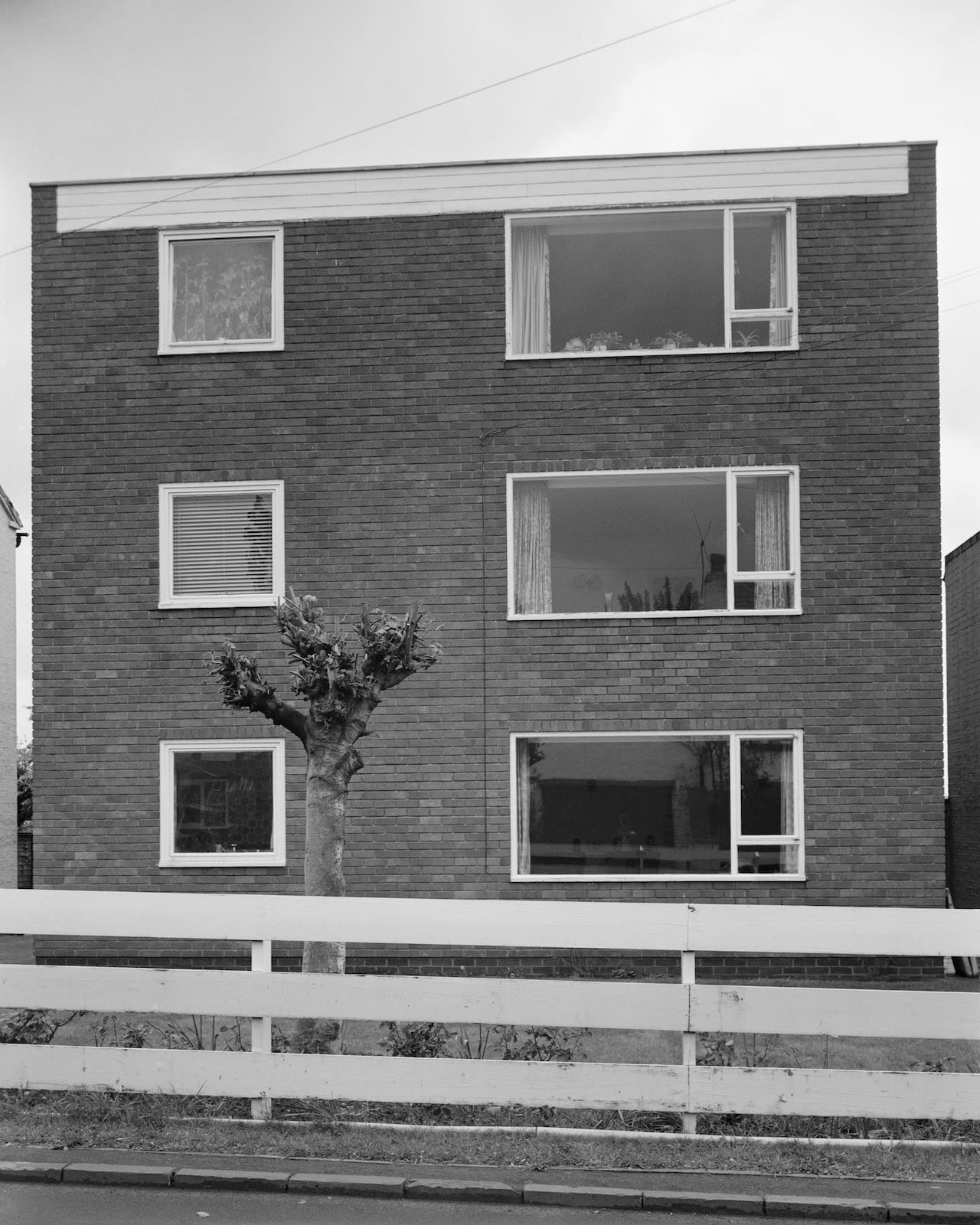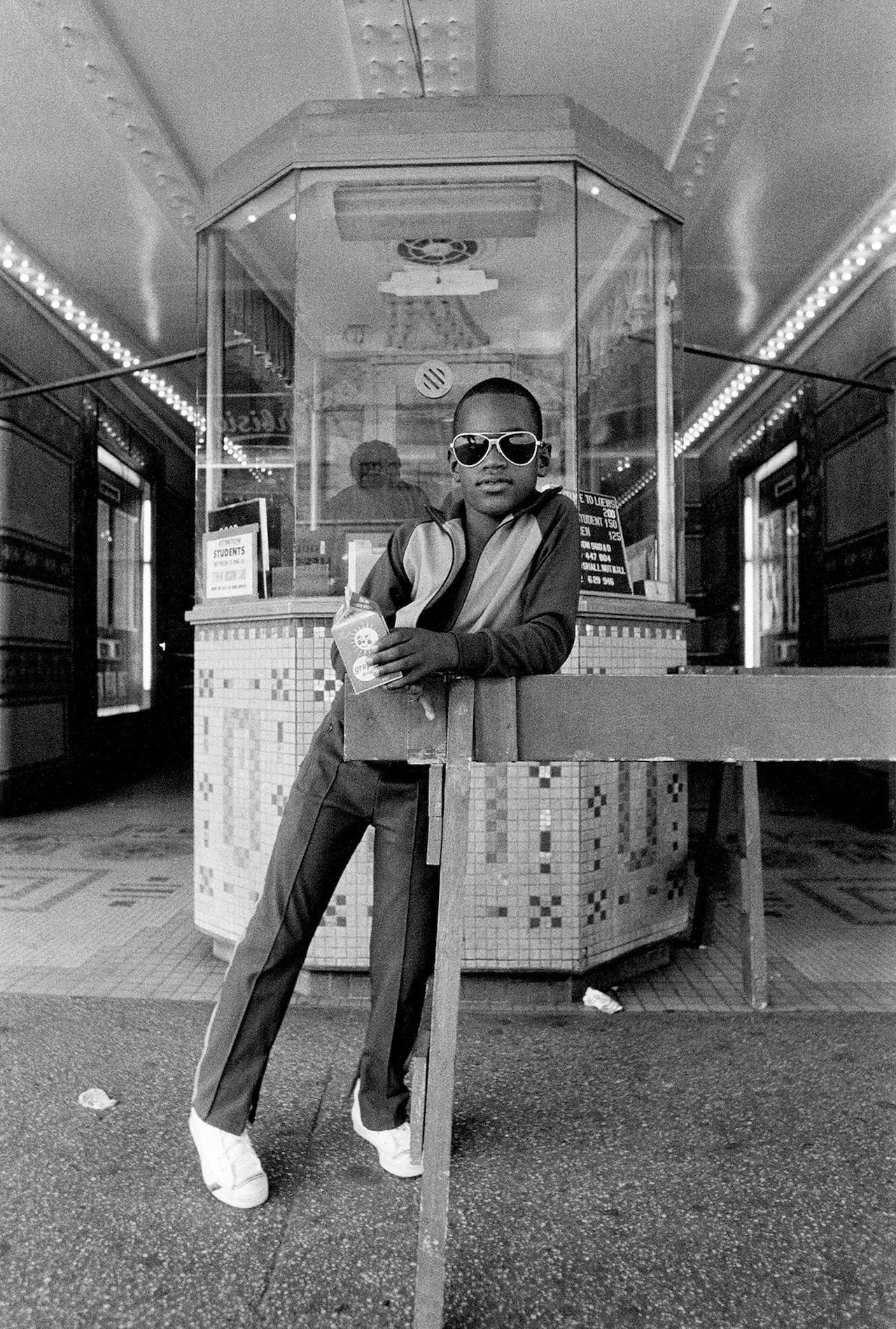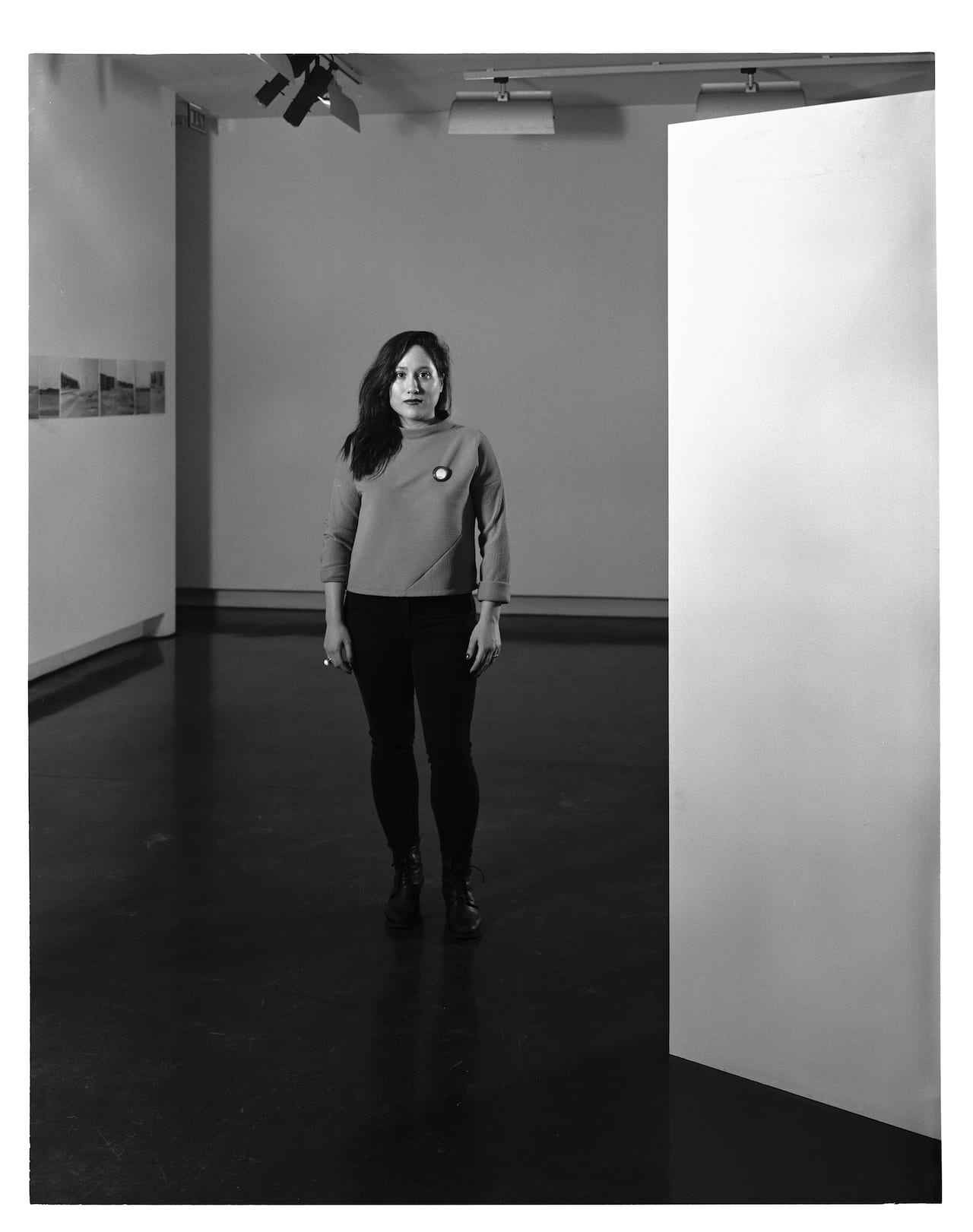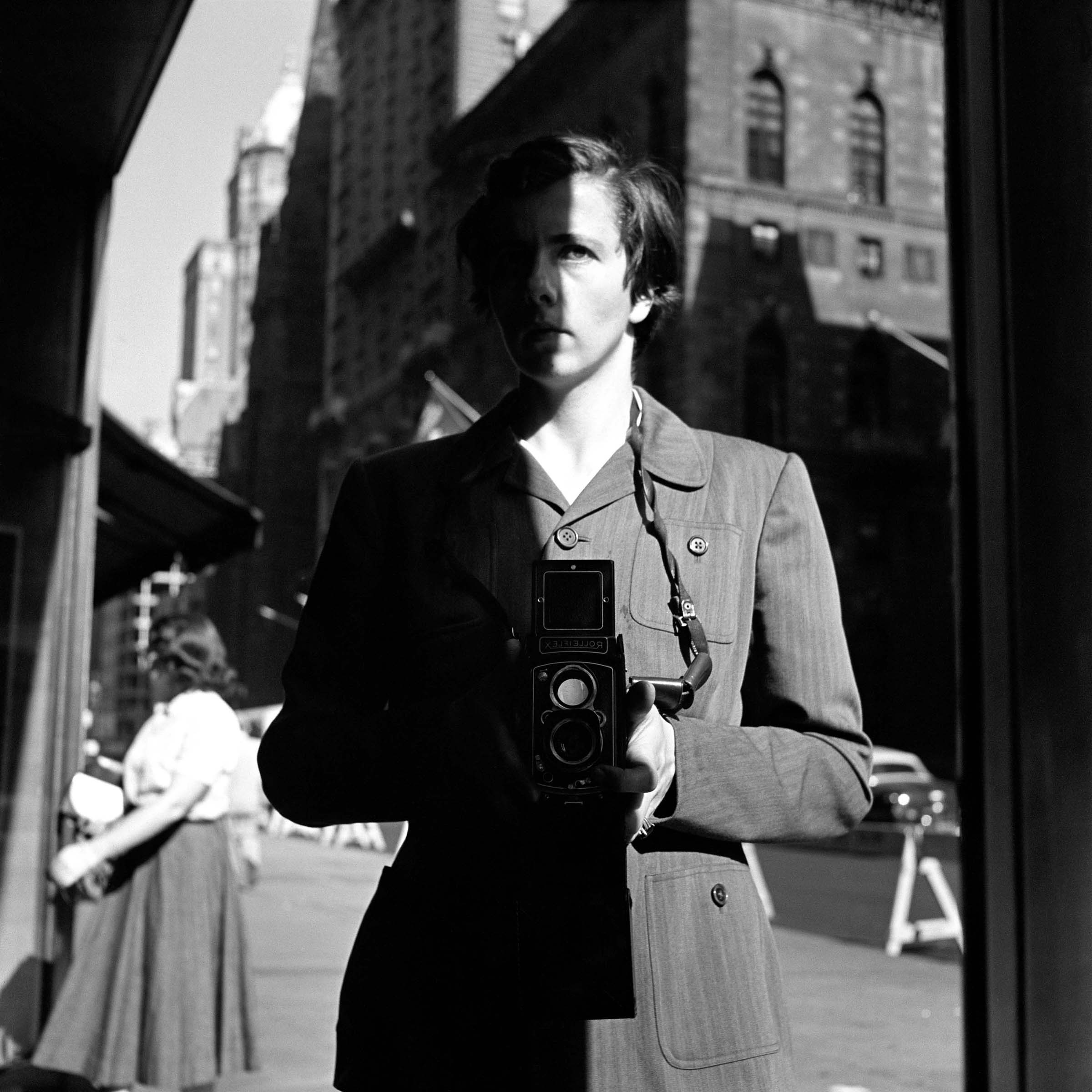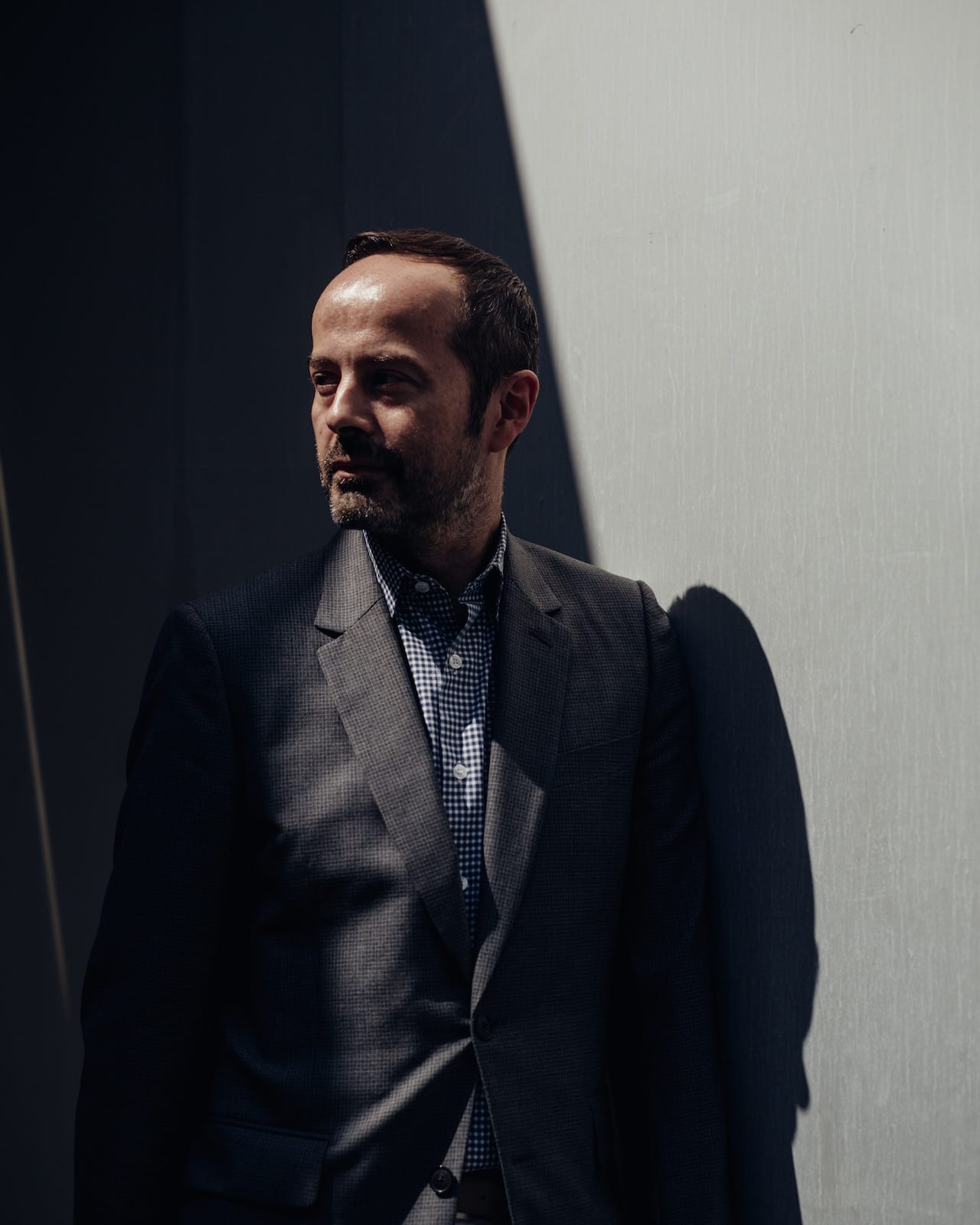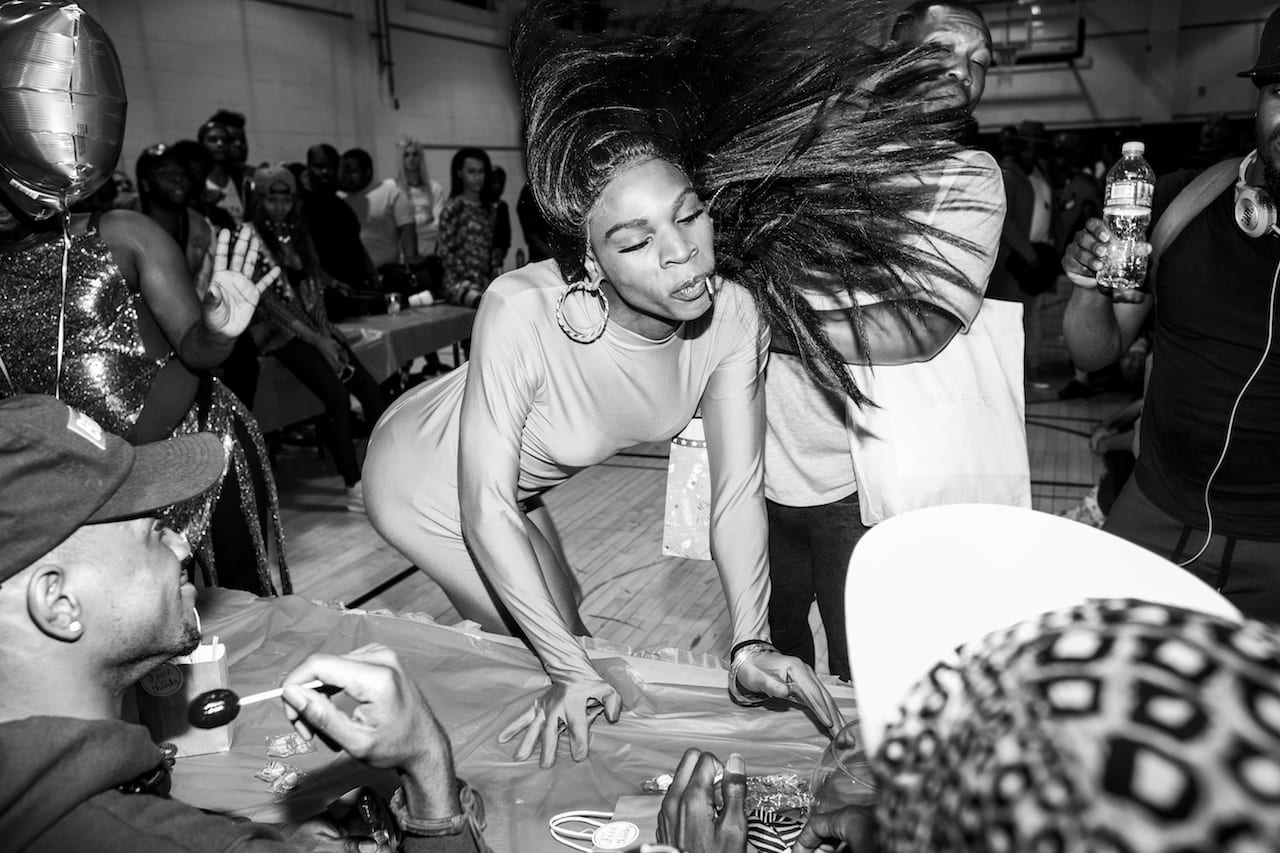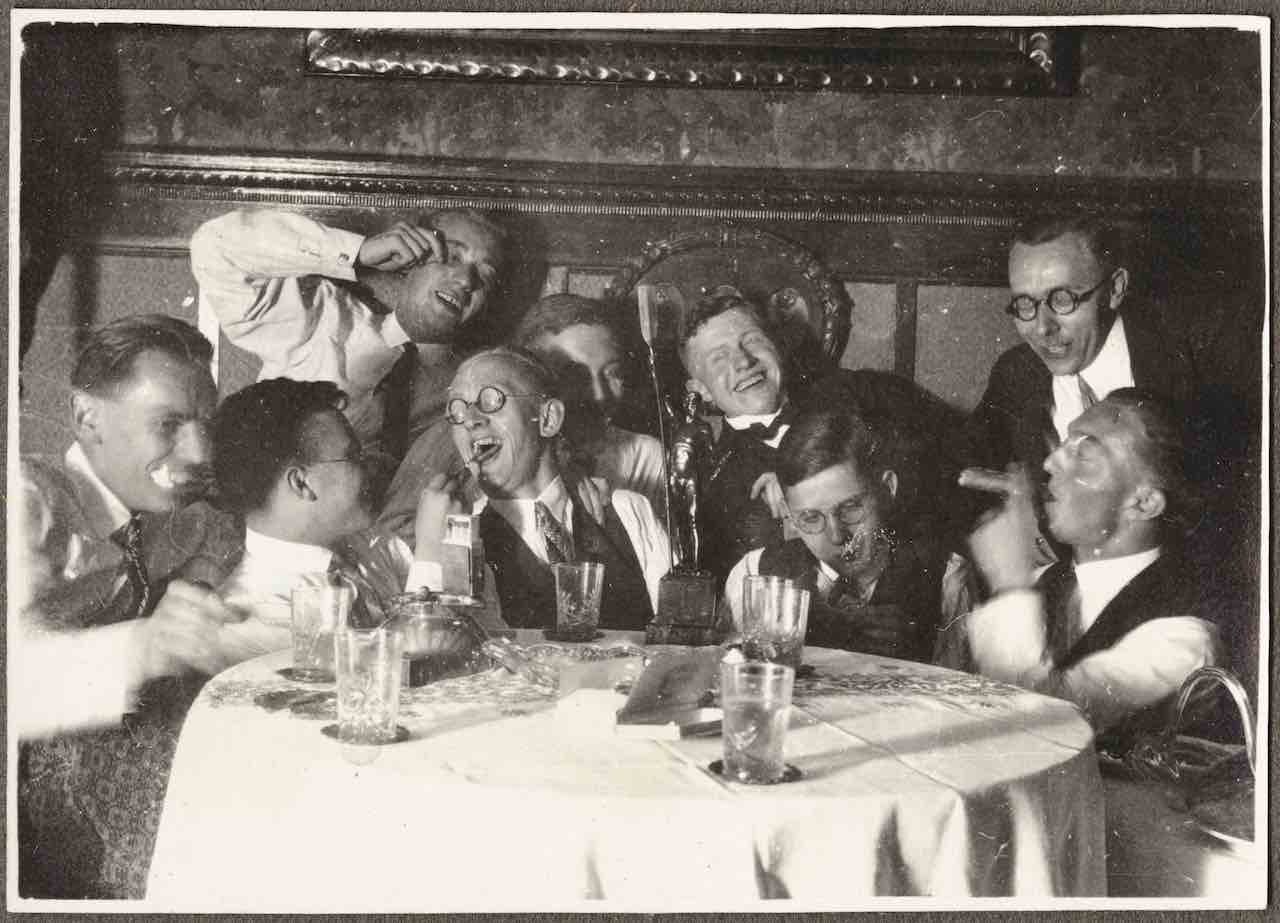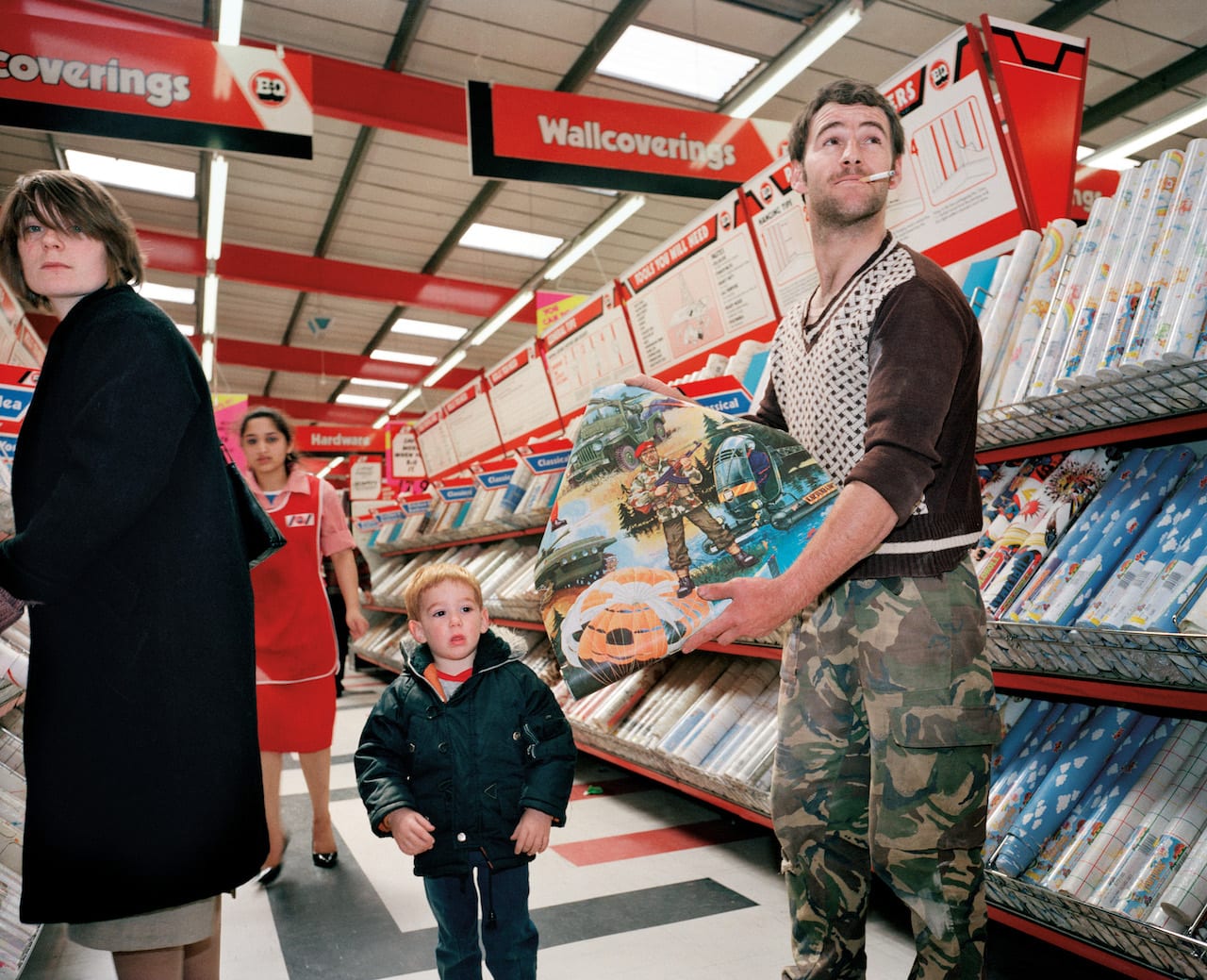In 2011 Nigel Poor, a professor of photography at the California State University, began volunteering at the San Quentin State Prison, just north of San Francisco, as a photo history instructor in the prison’s college programme. Two years later, she moved over to work with incarcerated men in the existing prison radio station, but concurrently pulled on her background in photography.
In an exercise Poor calls “mapping”, she asked prisoners to annotate famous photographs. Works by Lee Friedlander, David Hilliard, Stephen Shore and others were pored over by prisoners, resulting in text-laden replicates. These creative brainstorms have been preserved, and now hang on wires sandwiched between glass as works of art, in the first room of an exhibition on show at the Milwaukee Art Museum until 10 March, titled The San Quentin Project: Nigel Poor and the Men of San Quentin State Prison.

